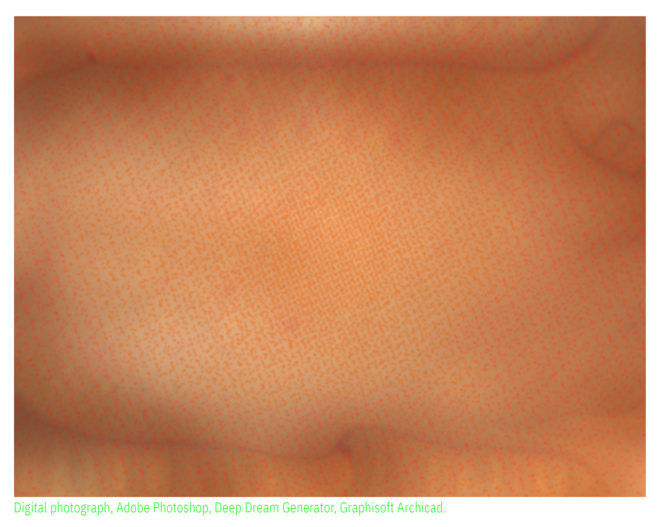Katharina Thurow, Masterthesis 2021
Computing has withdrawn itself from being addressed in traditional terms. Established spatial and legal concepts such as the notion of demarcated territory as legal sphere can no longer be applied, as digital infrastructure varies in materiality and shape. In the form of submarine and underground cables, electric and optic signals, and electromagnetic waves in wireless transmission, it cuts through sea, land, and atmospheres of the Earth. This multi-layered geography is obscure in its diverse entanglement and sheer dimension, and it even opens up new spaces and territories. In this thick topography, our sense of direction can be questioned, and we might feel more and more detached from our immediate surroundings. Today, we can be anywhere in the world virtually. While we consider this state to be immaterial, the material heaviness of our movements and actions slip beyond our threshold of perception. Just as their impact blurs in the distance, so do the divisions we draw between spheres such as private and public, or leisure and work. Virtuality’s myriad of possibilities have made allowances for more flexible and volatile forms of labour and intensified worldwide economic competition. These transformations in production and labour might seem to indicate a shift from physical to immaterial, from manual to automatic, and they raise questions to which we have no answers yet. In the three texts of my master’s thesis, I do not seek to give these answers. I consider the questions first, and who is asking them.
The three texts are accompanied by a visual essay.
Betreuung:
Prof. Dr.-Ing. habil. Jasper Cepl, Professur Theorie und Geschichte der modernen Architektur
Prof. Ph.D. Lara Schrijver, University of Antwerp, Faculty of Design Sciences
Dipl.-Ing. Laura Stroszeck, Professur Grundlagen des Entwerfens
Kontakt: katharina.thurow@googlemail.com

